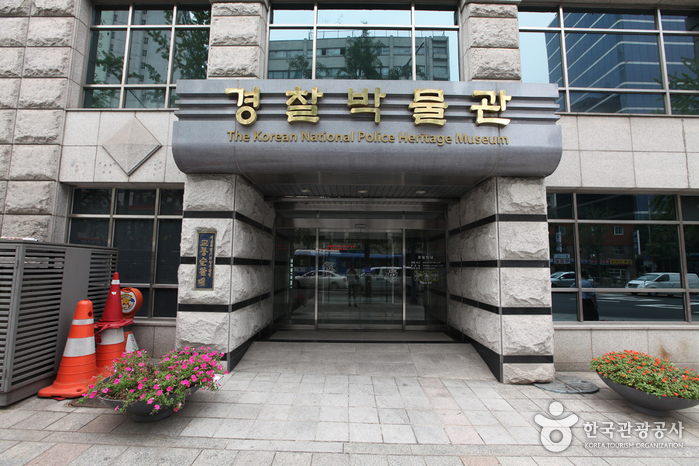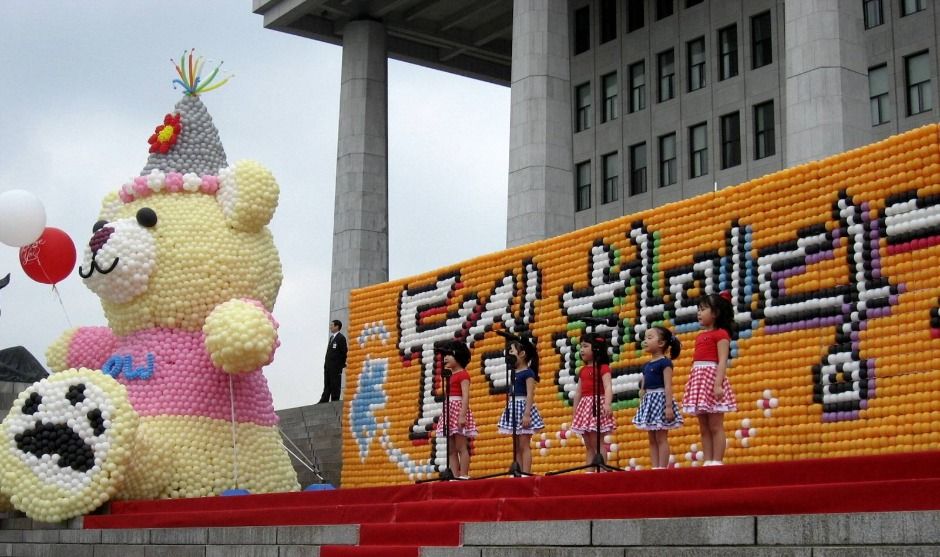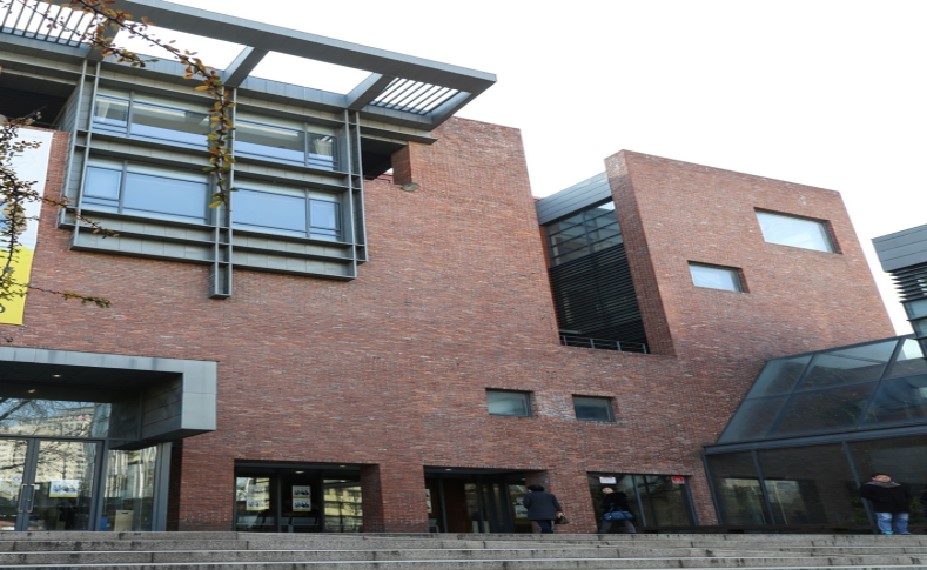Hyeopjin Computer [Tax Refund Shop] (협진컴퓨터)
3.4Km 2024-04-23
3F, 74, Cheongpa-ro, Yongsan-gu, Seoul
-
Audio Park - Yongsan ETLand Branch [Tax Refund Shop] (오디오파크 용산전자랜드)
3.4Km 2024-04-22
74, Cheongpa-ro, Yongsan-gu, Seoul
-
Choi Com - Yongsan ETLand Branch [Tax Refund Shop] (초이컴 용산전자랜드)
3.4Km 2024-04-18
Store #A-335, 3F, ET LAND (Main Bldg.), 74, Cheongpa-ro, Yongsan-gu, Seoul
-
Dongshin Electronics - Yongsan ETLand Branch [Tax Refund Shop] (동신전자 용산전자랜드)
3.4Km 2024-04-18
Store #B-11, #B-18, ET LAND Main Bldg. Plaza, 74, Cheongpa-ro, Yongsan-gu, Seoul
-
TNT Info - Yongsan ETLand Branch [Tax Refund Shop] (티앤티정보 용산전자랜드)
3.4Km 2024-04-17
ET LAND (Main Bldg )3층A- 304.319, 74, Cheongpa-ro, Yongsan-gu, Seoul
-
Korean National Police Heritage Museum (경찰박물관)
3.4Km 2021-12-21
41, Saemunan-ro, Jongno-gu, Seoul
+82-2-3150-3681
The police museum opened on October 14, 2005 to give a better understanding of the job of the police and to offer a formal education to children who wish to become police officers in the future. The history hall of the museum is designed for visitors to learn about the history of Korean police at a glance, exhibiting information on the police force from the Joseon dynasty up until current times.
Visitors to the museum can pretend to be police officers by touching actual equipment and learning about an officer's daily tasks. Visitors can also get in patrol cars, wear a police uniform, experience shooting a gun through a simulation, and learn self-defense martial arts and arrest techniques. Visitors can also go to the museum jail.
National Assembly Dongsim Festival (국회동심한마당)
3.4Km 2025-04-18
1 Uisadang-daero, Yeongdeungpo-gu, Seoul
+82-2-595-3325
The National Assembly Dongsim Festival started in 2005 by the Pumassi Movement, aiming to revive the tradtional Korean concept of sharing and helping one another. The festival allows youth to meet with and experience adults working in the fields they dream of joining in the future. The festival is attended by over 100 facilities and groups, providing a wide range of experiences, performances, and fun activites for all visitors to enjoy for free.
Ewha Centennial Hall (이화여고100주년기념관)
3.4Km 2024-02-20
26 Jeongdong-gil, Jung-gu, Seoul
Ewha Centennial Hall is a multimedia education center located next to Ewha Girls' High School. Spanning underground and five above-ground floors, it features a gallery, a cafe, music rooms, individual practice rooms, and audio-visual rooms. The Hwaham Hall on the first and second floors is utilized for performances such as musicals and concerts, as well as educational events.
![Hyeopjin Computer [Tax Refund Shop] (협진컴퓨터)](http://tong.visitkorea.or.kr/cms/resource/04/2891204_image2_1.jpg)
![Old and New [Tax Refund Shop] (올드앤뉴)](http://tong.visitkorea.or.kr/cms/resource/10/2891210_image2_1.jpg)
![Banwol Audio [Tax Refund Shop] (반월음향)](http://tong.visitkorea.or.kr/cms/resource/18/2891218_image2_1.jpg)
![Audio Park - Yongsan ETLand Branch [Tax Refund Shop] (오디오파크 용산전자랜드)](http://tong.visitkorea.or.kr/cms/resource/92/2878492_image2_1.jpg)
![Choi Com - Yongsan ETLand Branch [Tax Refund Shop] (초이컴 용산전자랜드)](http://tong.visitkorea.or.kr/cms/resource/00/2878500_image2_1.jpg)
![Dongshin Electronics - Yongsan ETLand Branch [Tax Refund Shop] (동신전자 용산전자랜드)](http://tong.visitkorea.or.kr/cms/resource/03/2878503_image2_1.jpg)
![TNT Info - Yongsan ETLand Branch [Tax Refund Shop] (티앤티정보 용산전자랜드)](http://tong.visitkorea.or.kr/cms/resource/86/2878486_image2_1.jpg)



 English
English
 한국어
한국어 日本語
日本語 中文(简体)
中文(简体) Deutsch
Deutsch Français
Français Español
Español Русский
Русский